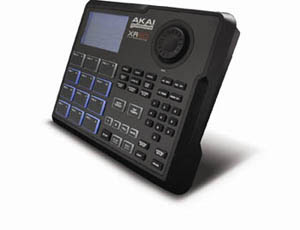A correspondent in Chicago reports to us that Black Friday line-ups in the downtown area are relatively thin. Photos above from the Northbrook Mall, taken shortly after opening at 8 a.m., show a moderate crowd in the Apple Store, but nothing to write home about. This is what an Apple Store in Toronto looks like on a normal day!
As for the "deals", we're told that, quote, "the marketing of the sale is better than the sale itself." Keep in mind that this might not hold true for every retailer in every U.S. city. But in this particular case, Black Friday "crowds" are a bit disappointing.
We're getting mixed messages from other sources: some stores appear flooded with shoppers trampling over one another...literally. In one Wal-Mart store in NYC, an unfortunate employee reportedly died due to the pushy crowds! (Though Wal-Mart only confirms that a "medical emergency" caused the retailer to close that store's doors). Some are claiming that it is in fact the bad economy that has forced them to come out and weather the crowds today: getting a "deal" might not have been so necessary before; but now, shoppers are willing to wait in long line-ups just to save a few bucks.
But other reports claim that retailers are cautious about how things will inevitably turn out. Even in shops with big crowds, people tend to be looking for that one fantastic deal, snagging it, and heading home versus prior years where they might have picked up a few extra items on the way to the check out.
Stay tuned for more information as it becomes available...

As for the "deals", we're told that, quote, "the marketing of the sale is better than the sale itself." Keep in mind that this might not hold true for every retailer in every U.S. city. But in this particular case, Black Friday "crowds" are a bit disappointing.
We're getting mixed messages from other sources: some stores appear flooded with shoppers trampling over one another...literally. In one Wal-Mart store in NYC, an unfortunate employee reportedly died due to the pushy crowds! (Though Wal-Mart only confirms that a "medical emergency" caused the retailer to close that store's doors). Some are claiming that it is in fact the bad economy that has forced them to come out and weather the crowds today: getting a "deal" might not have been so necessary before; but now, shoppers are willing to wait in long line-ups just to save a few bucks.
But other reports claim that retailers are cautious about how things will inevitably turn out. Even in shops with big crowds, people tend to be looking for that one fantastic deal, snagging it, and heading home versus prior years where they might have picked up a few extra items on the way to the check out.
Stay tuned for more information as it becomes available...




